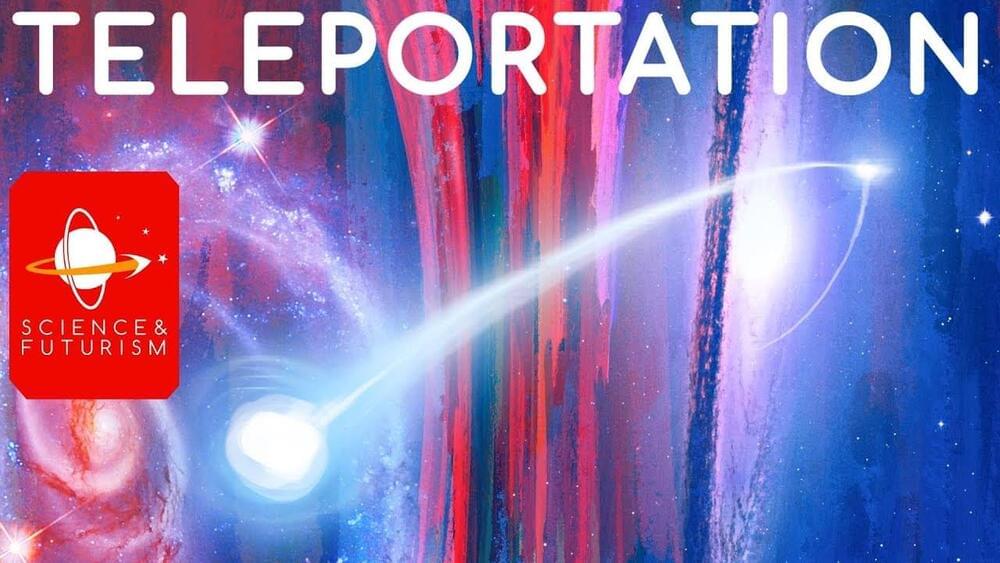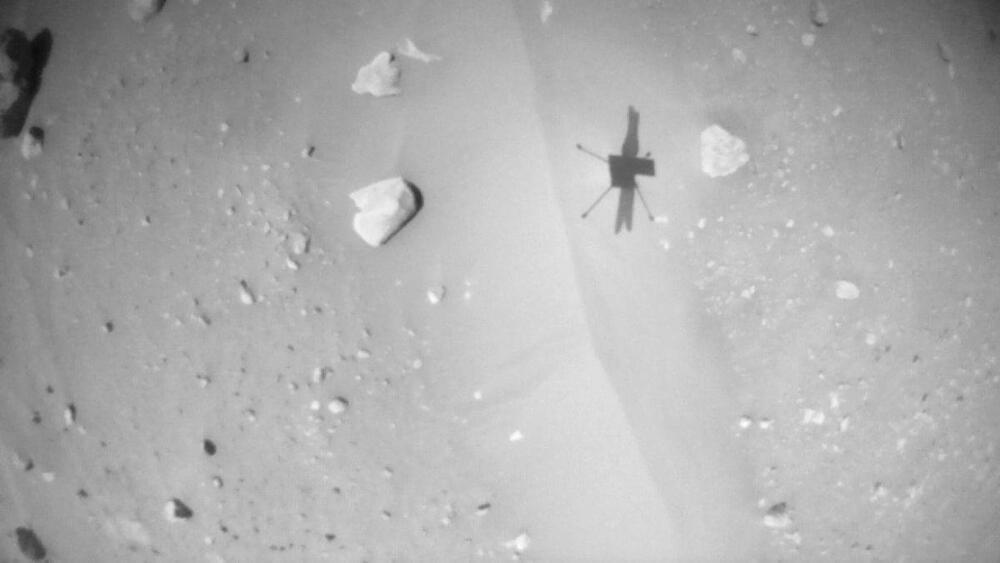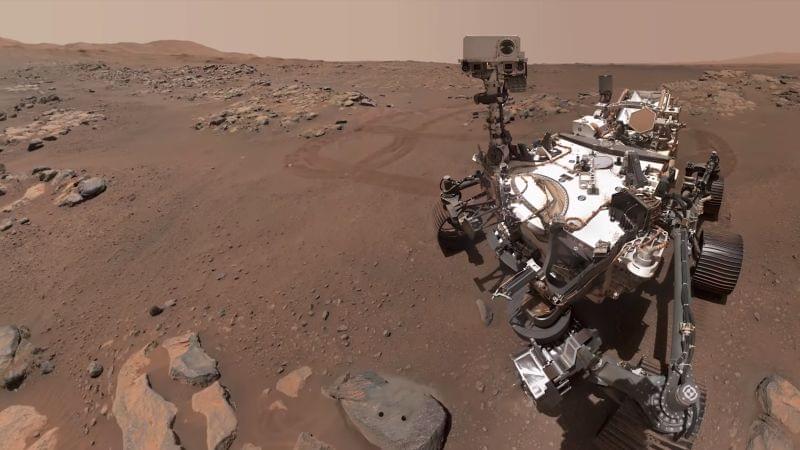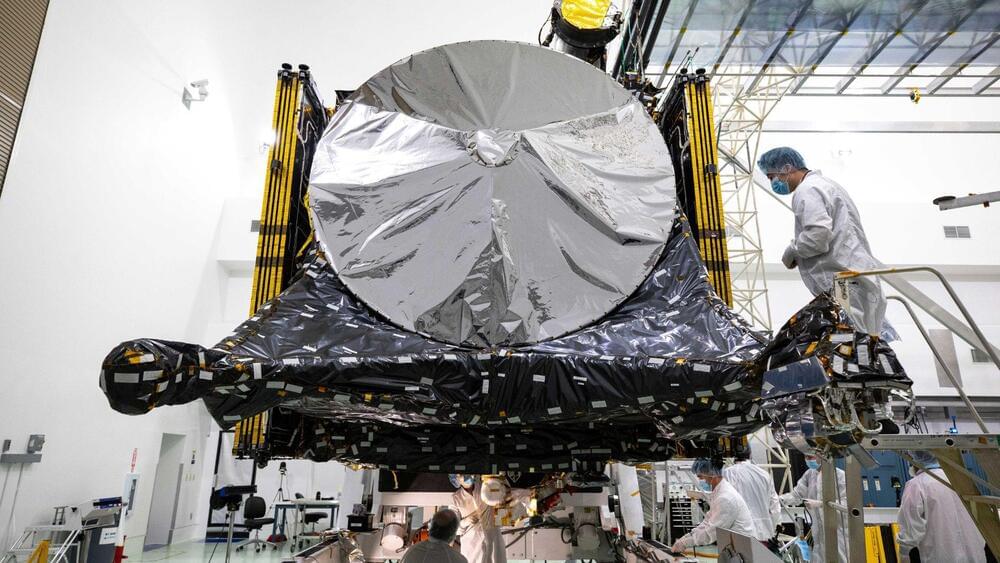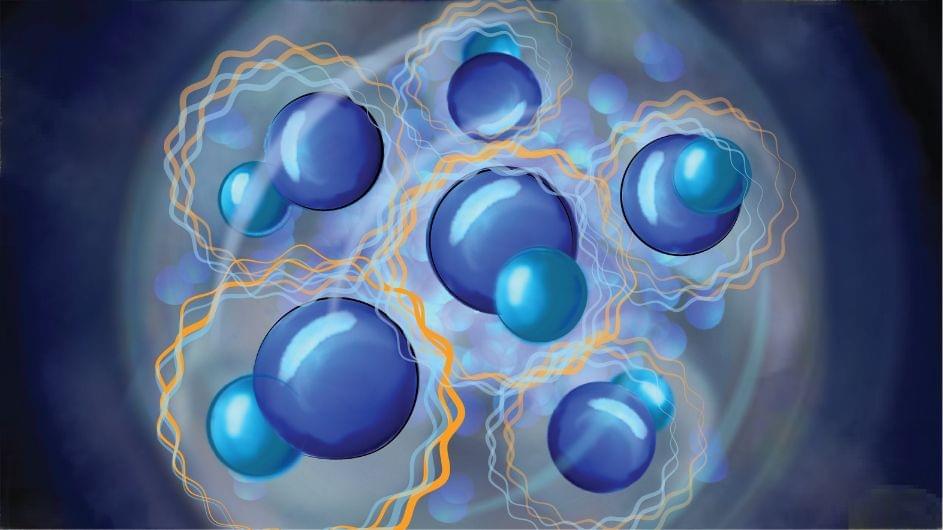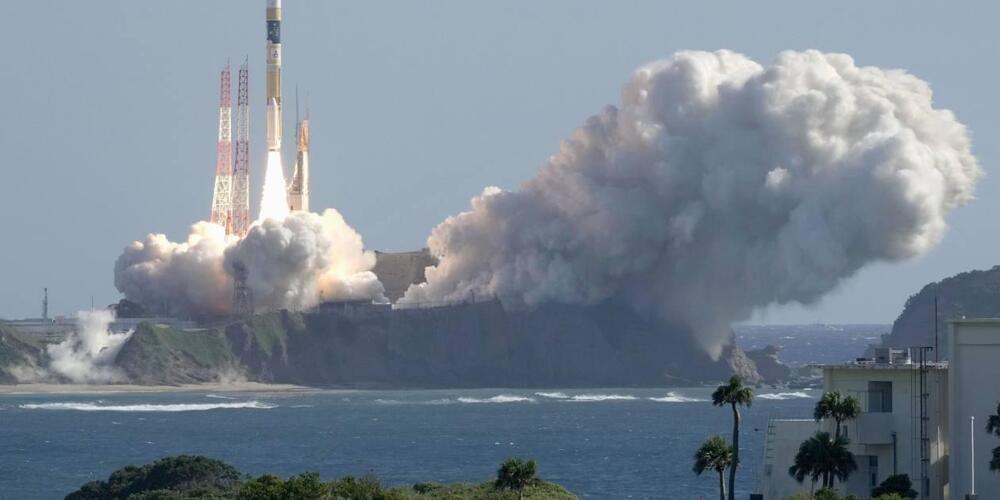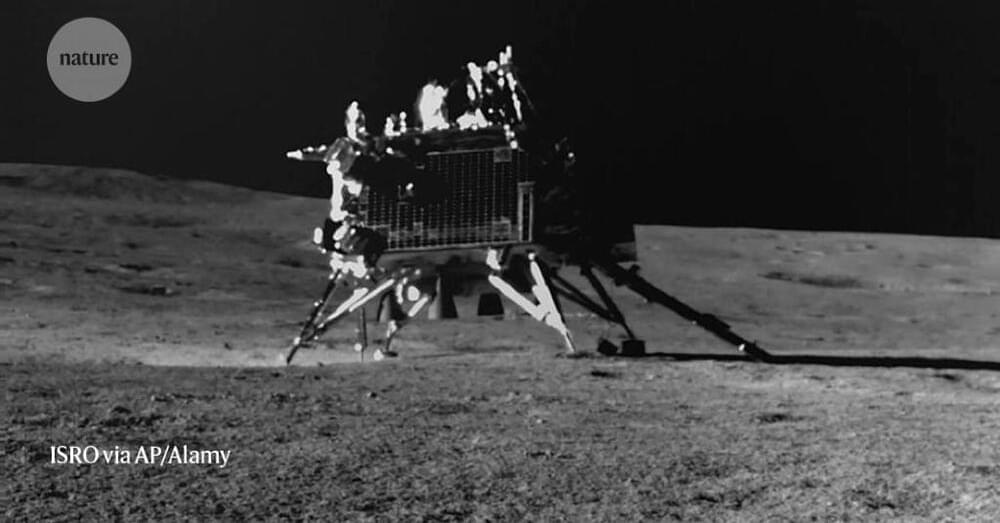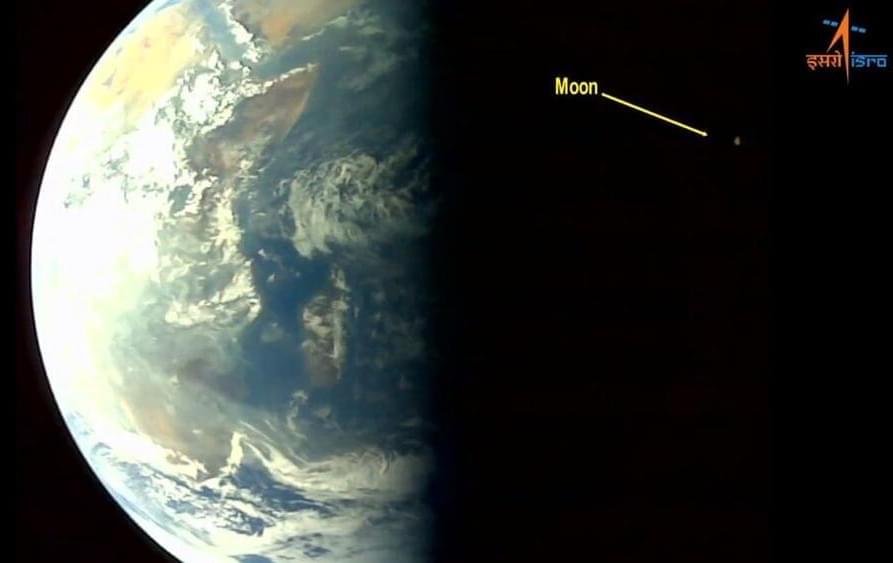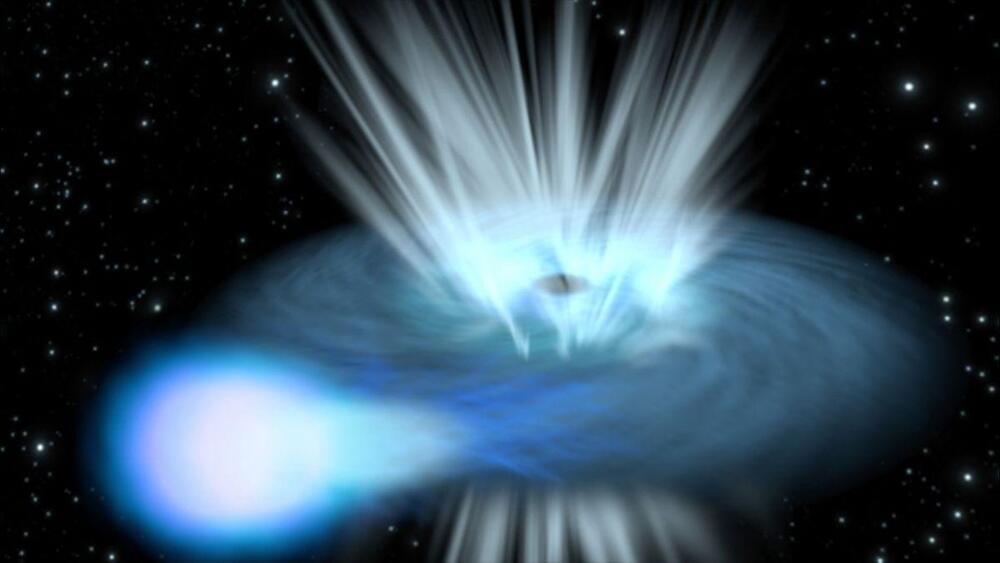Sep 10, 2023
Teleportation: Use my link or text isaac to 500–500 Teleportation is a staple of science fiction
Posted by Dan Breeden in categories: media & arts, space
And today we will examine the idea to see if there are any ways under known science that might permit it, as well as discuss some novel uses for the technology that tend to be overlooked.
Visit our Website: http://www.isaacarthur.net.
Join Nebula: https://go.nebula.tv/isaacarthur.
Support us on Patreon: https://www.patreon.com/IsaacArthur.
Support us on Subscribestar: https://www.subscribestar.com/isaac-arthur.
Facebook Group: https://www.facebook.com/groups/1583992725237264/
Reddit: https://www.reddit.com/r/IsaacArthur/
Twitter: https://twitter.com/Isaac_A_Arthur on Twitter and RT our future content.
SFIA Discord Server: https://discord.gg/53GAShE
Listen or Download the audio of this episode from Soundcloud: https://soundcloud.com/isaac-arthur-148927746/teleportation.
Cover Art by Jakub Grygier: https://www.artstation.com/artist/jakub_grygier.
